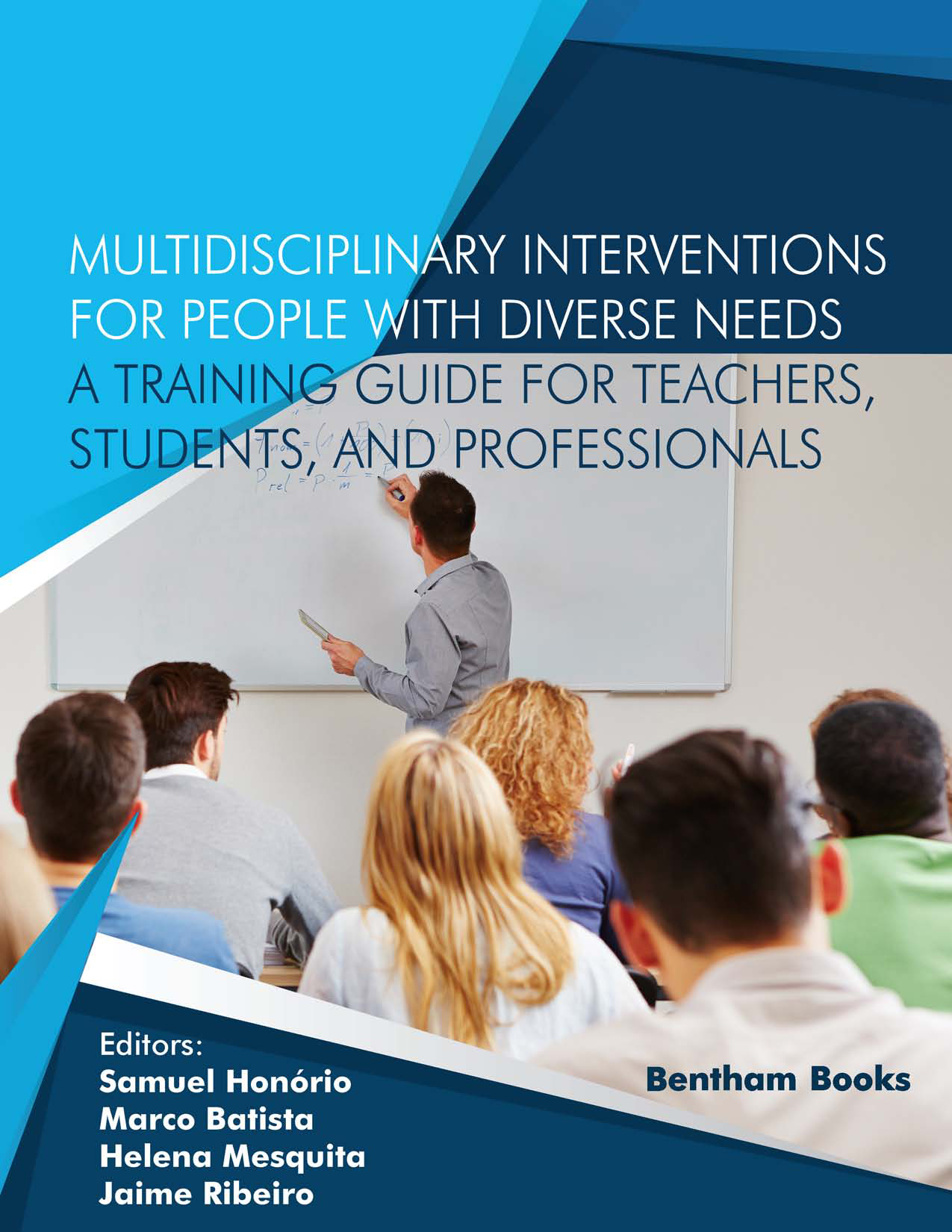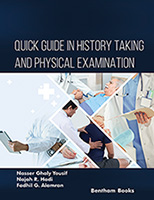Human diversity faces several challenges, as there are many people in situations of vulnerability due to personal and environmental factors. Vulnerable populations can experience physical, psychological, and social problems. Those include people who face great precariousness in their life and find themselves in a situation of effective vulnerability. These people need a prompt, effective and a scientific evidence-based response to overcome barriers thrown at them.
This book compiles a set of focused evidence chapters to raise awareness on the particular conditions of special populations, invoking assessment and intervention to promote better life conditions.
In the first chapter we can find an issue that affects contemporary society, the ageing population. Although living longer is an unquestionable gain, the truth is that increasing average life expectancy inevitably entails the onset of dementia, urging the need to slow its progression and minimize its impact. It presents scientifically based physical activity to combat the cognitive decline and extend the years of life with quality.
Chapter 2 raises awareness on people with brain damage with altered consciousness. The uncertainty on the patient’s state of conscience leads to doubts in the course of action to follow in terms of treatment or prolongation of life. Correct assessment plays a vital role to foster best decisions and directed interventions on the patient’s best interest. Situations of misdiagnosis and consequently unachieved interventions are frequent and must be improved through extended and evidence-based approaches.
People with special needs are addressed in the third chapter. We are in a global world where borders fade and anyone can pursue employment and better life outside his/her country. It may seem simple, but there are persons with constraints that cannot fulfil their needs. Not using a common language can prevent social and employment relations. Exclusion is aggravated when learning a language hampered by a functional limitation. Sensory, motor and cognitive disabilities can hinder a truthful inclusion in modern society. EN-ABILITIES is a European project that aims to enable English autonomous learning by people with diverse needs, sustained on a universal design for learning approach.
The fourth chapter focuses on the performance of activities of daily living of children with disabilities. What for many is considered acquired, for others it seems to be a difficult task. Those inattentive, may not realize the impact of having great difficulties, or not being able, to perform everyday tasks can have in the life of a child with functional limitations. Depending on others for several tasks, having reduced options for activities and encountering mobility barriers is a crucial factor for those who experience great difficulties. Knowing this and other issues can structure routines that facilitate their inclusion in the different contexts in which these children are inserted.
Autism Spectrum Disorders are discussed on the fifth chapter. It has been found that children with ASD experience difficulties processing, integrating and responding to sensory stimuli. Consequently, behaviours associated with difficulty processing and integrating sensory information create social isolation for children and their families, restrict participation in daily living activities and impact social engagement. What for some can be misbehaviour is in fact a maladaptive response to the environment and must be carefully addressed to minimize and overcome sensory processing dysfunctions. Specialized interventions such as occupational therapy using sensory integration are in order to help children with ASD respond more adequately to environmental stimuli.
Diabetes, referred in chapter six, is a modern world disease. Although it may be congenital, it also emerges from modern life style and eating habits. Aetiology aside, it can be seen that it can lead to serious problems with loss of independence and drastic reduction of quality of life. The adoption of a strategy to prevent the onset and progression of the disease are imperative. However, when it is already installed, its effects must be minimized. The combination of the intervention of different professionals seems like the procedure to adopt for an optimized approach.
Chapter seven goes through Celiac disease an increasingly visible condition, with frequent identification of more cases. The ordinary citizen is not aware of the difficulties that people suffering from this disease suffer. In catering and collective food services, mistakes that can harm a vulnerable person are frequent. It is important to raise awareness of the effects of the disease, in particular those that can make a difference in the lives of these people, avoiding things as simple as cross-contamination in food distribution, storage and handling, without ever forgetting the need for research and innovation for normalizing the diet of these people.
Animal Assisted Therapy and Developmental Disorders come to us in chapter eight. In it we can read how therapy with animals can assist in the promotion of skills, health-related issues and well-being of persons with developmental disorder. The overview presented shows the array of conditions that can benefit of this type of interventions. The basis of the intervention is the arise of a relationship that liberates the person with developmental disabilities, promoting positive emotional responses that influence neurobiological components and enhances performance in diverse areas, independent functioning, social participation and quality of life of those which are confronted with limitations due to disorders in their development.
Early in this book, physical activity was mentioned as a preventive and therapeutic intervention for people with diverse conditions. Chapter nine addresses again physical activity, but this time in people with disabilities. Due to their functional constraints, people with disabilities tend to perform less, or not to perform, physical activity that would greatly benefit them in a multidimensional way.
It reveals the need to identify the physical activity determinants in order to contribute to conceptual changes, new interventions and policies that increase the levels of physical activity on this population and, consequently, further advance in their full social inclusion.
The final chapter, chapter 10, deepens the theme of physical activity in children with disabilities. It’s well known regular physical activity has a positive impact in health and lifestyle, contributing for functionality and quality of life. It is important to create opportunities for physical activity. In this context, school sports appear as a first line of intervention. Inclusion is a trend that must be completely fulfilled. Legislation protects the rights of functional diverse students and obliges to their inclusion in school activities, of which school sports cannot be an exception. Although it may seem less compelling to mandatorily engage in physical exercise, the truth is that if it is not enforced, it will probably never be performed by those who need it.
For the foregoing, this book assumes as essential when the theme are populations in situations of vulnerability. Academics, technicians, and the general population here have a source for drinking knowledge shed by scientists and based on rigorous scientific evidence.
Prof. Jaime Ribeiro
School of Health Sciences & ciTechCare - Center for Innovative,
Care and Health Technology, Polytechnic of Leiria,
Portugal





